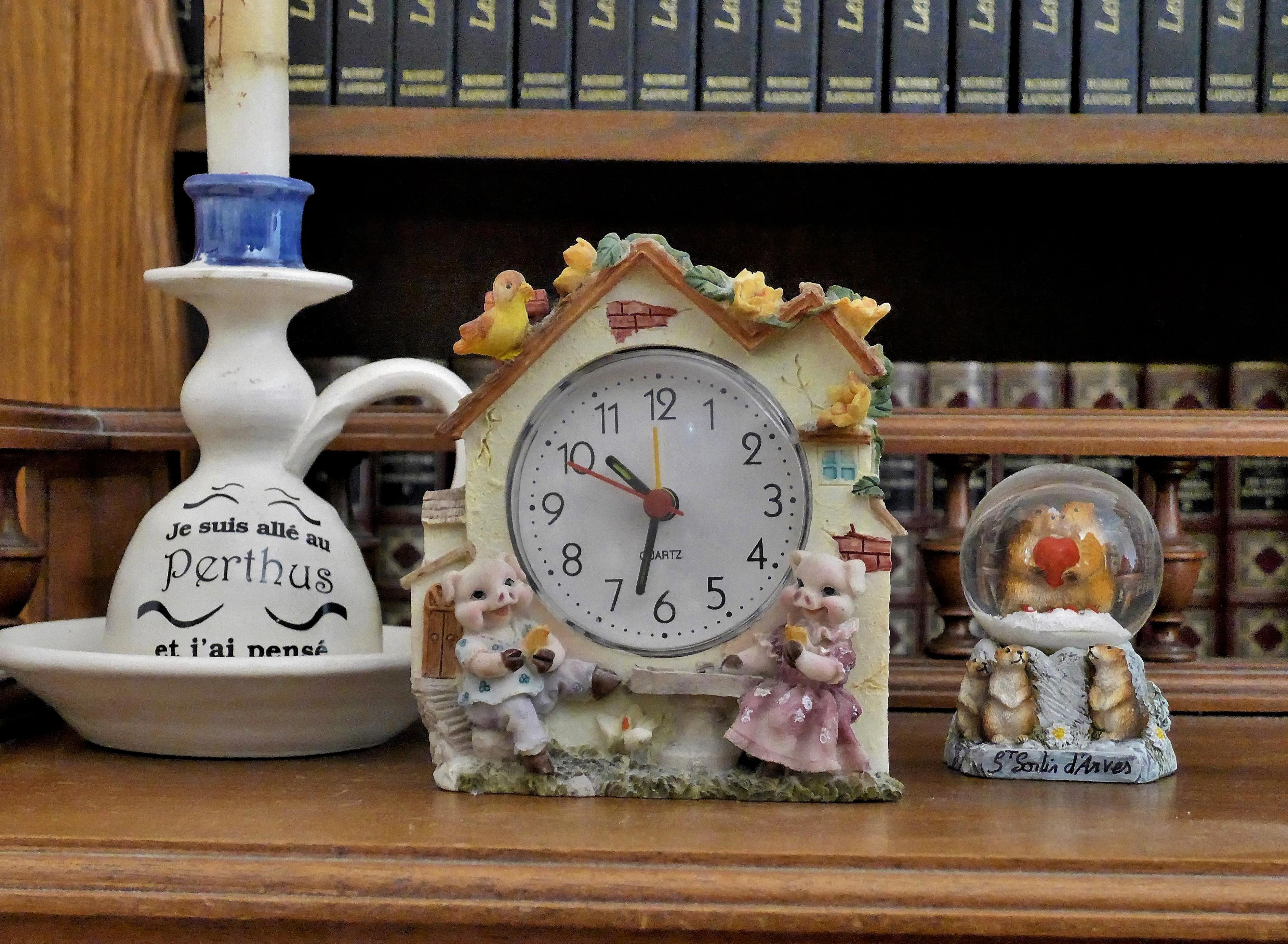When it comes to art and design, two terms that often get thrown around are kitsch and camp. While they may seem similar at first glance, they actually have distinct characteristics that set them apart from each other.
Kitsch refers to art or design that is considered in poor taste due to its excessive garishness or sentimentality. This can include items like tacky souvenirs, mass-produced figurines, or overly ornate furniture. Kitsch is often seen as being unrefined and lacking in artistic merit.
On the other hand, camp is an aesthetic style that celebrates bad taste and irony. It is characterized by exaggeration, theatricality, and an effeminate sensibility. Camp can be seen in everything from drag shows and musicals to iconic films like The Rocky Horror Picture Show.
While kitsch and camp may both be associated with bad taste, they have different underlying motivations. Kitsch is often created with the intention of being sincere, while camp is about embracing the absurdity of a situation and finding humor in it.
Another key difference between the two is the audience they appeal to. Kitsch is often associated with middle-class tastes and is marketed towards a broad audience. Camp, on the other hand, is often associated with queer culture and is appreciated by those who are in on the joke.
Despite their differences, kitsch and camp both have a place in the world of art and design. While kitsch may be seen as lacking in artistic merit, it can still hold sentimental vale for those who appreciate it. And while camp may be seen as over-the-top and exaggerated, it can still be a powerful tool for subverting societal norms and expectations.
In the end, the line between kitsch and camp is a blurry one. What may be considered kitsch by one person may be seen as campy by another. Ultimately, it is up to the individual to decide what they find aesthetically pleasing and meaningful.
What Does Being Camp Mean?
Being camp refers to a style or behavior that is characterized by exaggerated and often humorous expressions of mannerisms, dress, or actions assciated with gay men. It is a term that is often used to describe a person’s flamboyant or theatrical style, which is typically seen as over-the-top or affected. In general, being camp involves a sense of irony, humor, and self-awareness, as well as a willingness to embrace non-conformity and challenge traditional gender norms. It is often associated with the LGBTQ+ community, and is seen as a way to celebrate diversity and challenge stereotypes. being camp is a way of expressing oneself through exaggerated and theatrical means, and is often seen as a form of artistic expression.

What Is Considered Kitsch?
Kitsch is generally defined as art, objects, or design that are considered to be in poor taste due to their excessive garishness or sentimentality. This can include items that are overly decorative, excessively sentimental, or lack any real artistic value. Kitsch is often characterized by its use of cheap materials, bright colors, and designs that are meant to appeal to the masses rather than to art critics or connoisseurs. Some examples of kitsch miht include tacky souvenirs, gaudy jewelry, or mass-produced figurines. While some people may appreciate kitsch in an ironic or knowing way, it is generally considered to be a lowbrow form of art or design.
What Are Examples Of Camp?
Camp is a cultural phenomenon that is often associated with the LGBT community. It is characterized by a love of the exaggerated, the outrageous, and the kitsch. Some examples of camp include:
1. Drag shows: These are performances in which individuals dress up in exaggerated costumes and makeup to perform as the opposite gender.
2. Gay “accent”: This refers to the way some gay individuals speak, which often involves the use of exaggerated inflections and intonations.
3. Cult films: Movies that are popular within the LGBT community, such as The Rocky Horror Picture Show and Mommie Dearest, are often considered to be camp classics.
4. Fashion: Certain fashion trends, such as oversized sunglasses or brightly colored clothing, can be considered campy.
5. Music: Some musical genres, such as disco and pop, are associated with camp.
6. Art: Certain works of art, such as thse by Andy Warhol or Jeff Koons, are considered to be campy.
Camp is a cultural phenomenon characterized by an appreciation for the exaggerated, the outrageous, and the kitsch, and can be observed in various forms of entertainment, fashion, music, and art.
What Is Camp In Film?
Camp in film is an aesthetic style and sensibility that admires bad taste and ironic value. It is characterized by its questioning of art and beauty, and its theatrical, effeminate, witty, and knowing nature. This style often involves a deliberate exaggeration of style and elements of melodrama and irony. Camp can be seen as a way of subverting traditional notions of taste and high culture, and insted embracing a more playful and irreverent approach to filmmaking. It is often associated with films that have a cult following or have gained a reputation for being so bad they are good. In essence, camp is a smile, a nudge, and a wink, inviting the audience to join in on the joke.

Conclusion
While kitsch and camp share some similarities in terms of being seen as “in poor taste,” they have distinct differences in their underlying philosophies. Kitsch is often criticized for being overly sentimental and lacking in authenticity, while camp celebrates the artificial and the exaggerated. Kitsch aims to evoke emotion through nostalgia and clichéd imagery, while camp aims to subvert traditional notions of beauty and art. Both movements have their critics and their champions, but ultimately, they offer unique perspectives on the role of aesthetics in our lives. By understanding the differences beween kitsch and camp, we can gain a deeper appreciation for the diverse ways in which art and culture can impact and reflect our values as a society.
